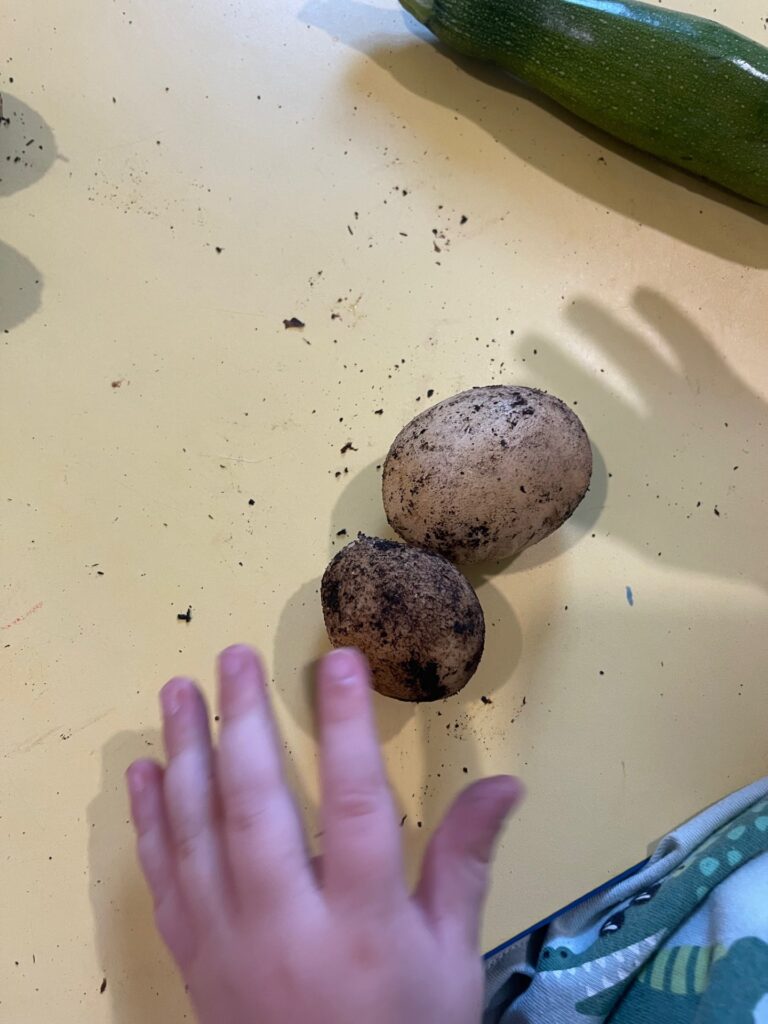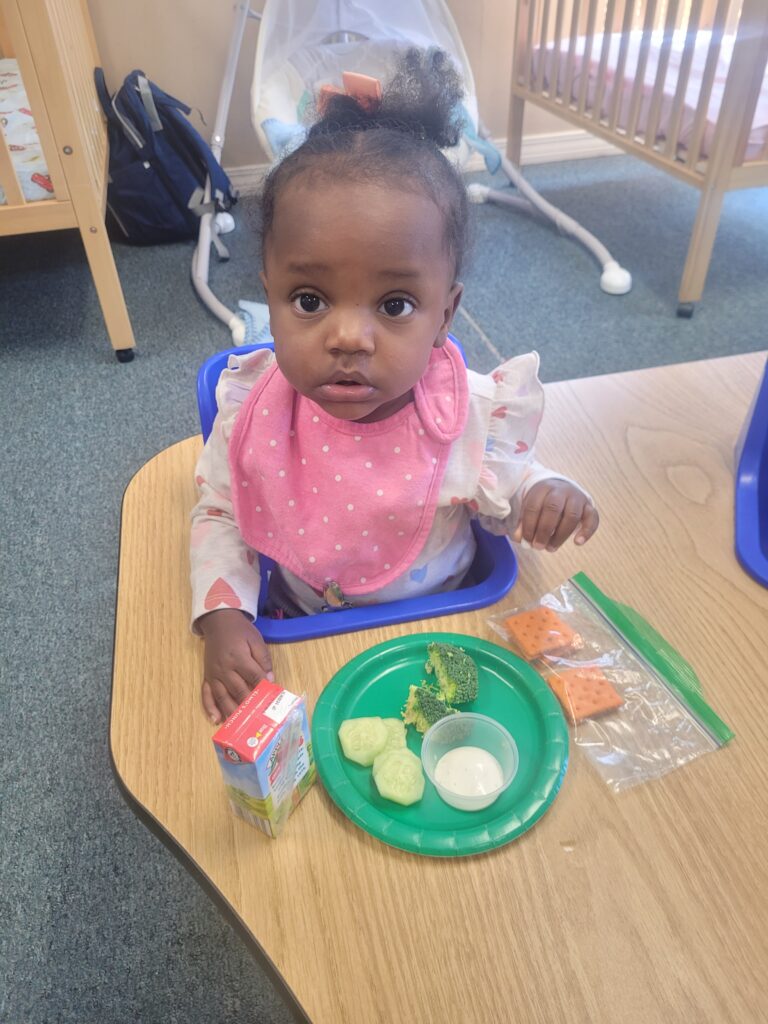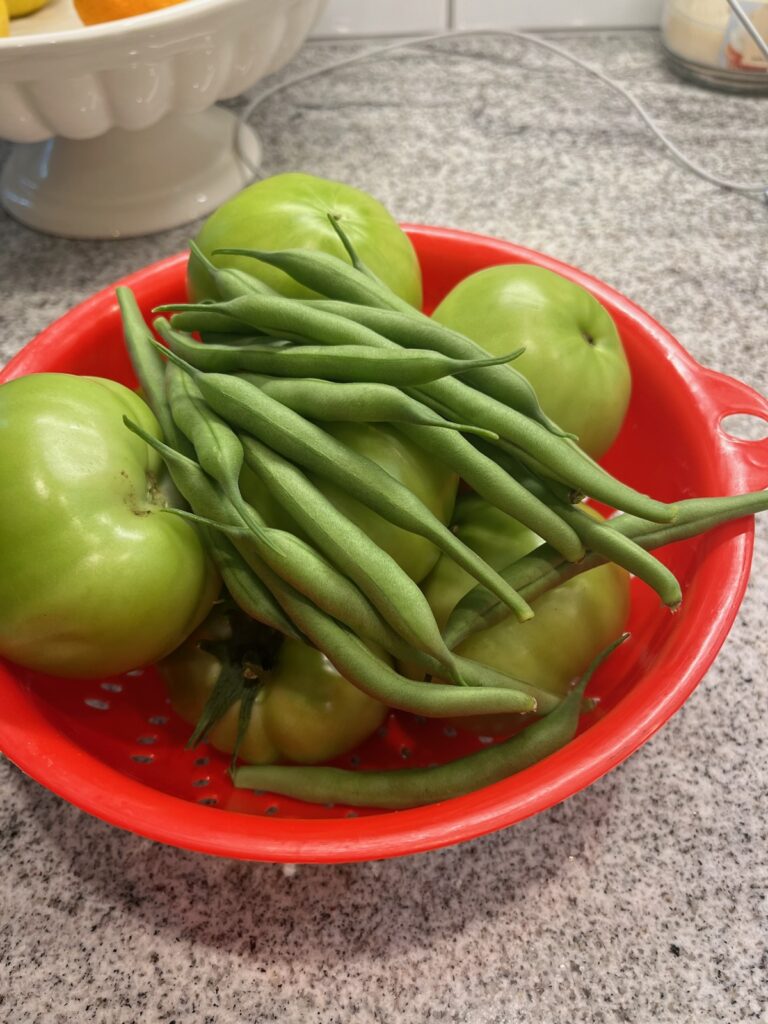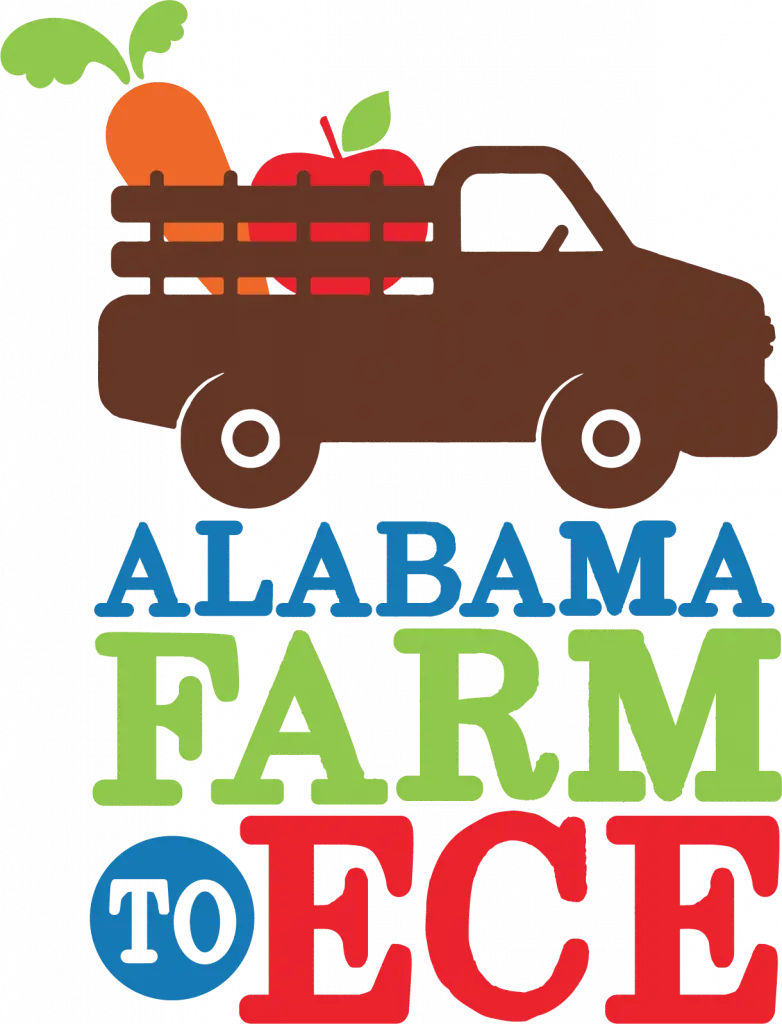Written by Alicia Jordan, Boots on the Farm Consulting, LLC
In early childhood classrooms, September is a month filled with wonder. Gardens that children planted in spring or early summer are now bursting with produce, colors, and textures that spark curiosity. For young learners, this is the moment when they see that their care such as watering, weeding, and observing truly makes a difference.
Harvesting activities can be turned into engaging lessons across multiple subjects. Counting beans or tomatoes becomes a math activity. Observing the patterns on cucumber skin or the way roots grow in the soil introduces scientific thinking. Children can journal, draw, or dictate stories about their favorite garden experiences, blending literacy with real-life discovery.


September is also an opportunity to bring healthy eating into the classroom in simple, joyful ways. Try creating a “garden tasting day,” where children sample vegetables they’ve harvested such as cucumber slices, cherry tomatoes, or lightly sautéed squash. Encourage them to describe flavors: Is it crunchy, sweet, or juicy? Celebrating the harvest in this way normalizes fresh, healthy foods and introduces children to new tastes.
Beyond nutrition, harvesting builds important social-emotional skills. Sharing a basket of tomatoes with classmates teaches cooperation. Watching a flower turn into a pepper reinforces patience and the value of caring for living things. These lessons extend far beyond the garden and they build lifelong habits of mindfulness, responsibility, and community care.

In the month of September, classrooms can also explore seasonal transitions. Have children notice the earlier sunsets or slightly cooler mornings. Talk about how the garden will change as fall approaches. This helps children build awareness of natural cycles and their role in the larger world.

